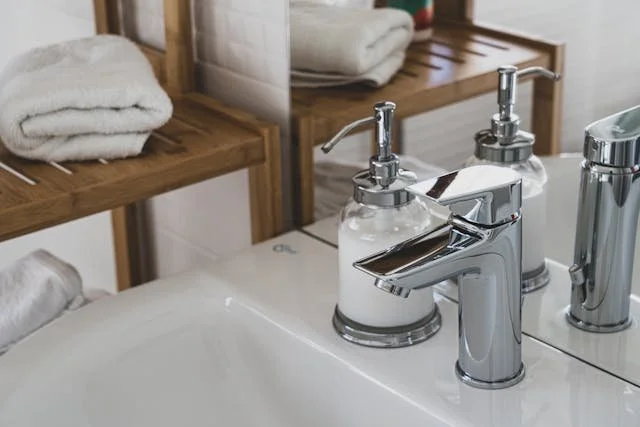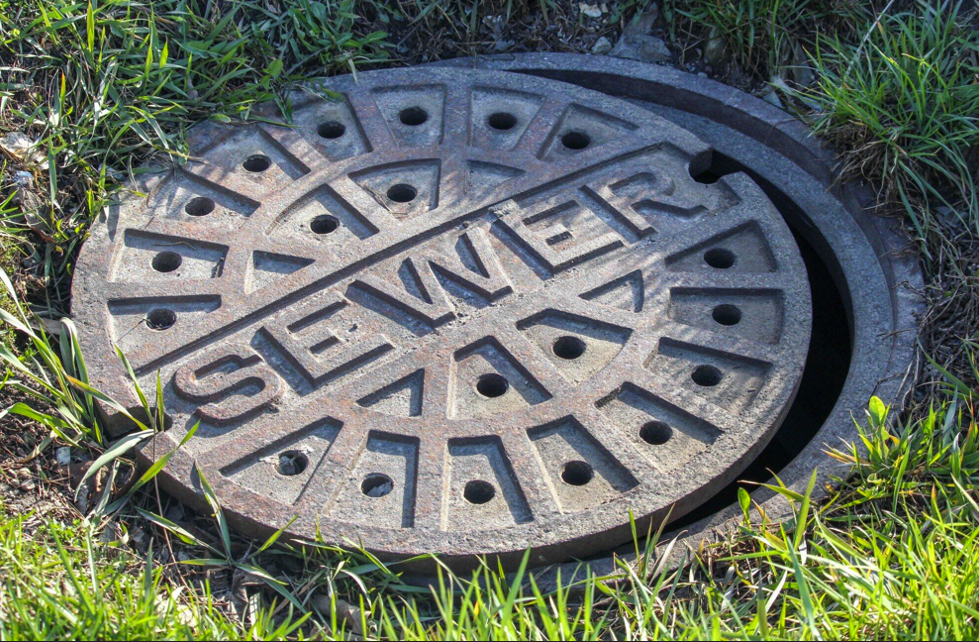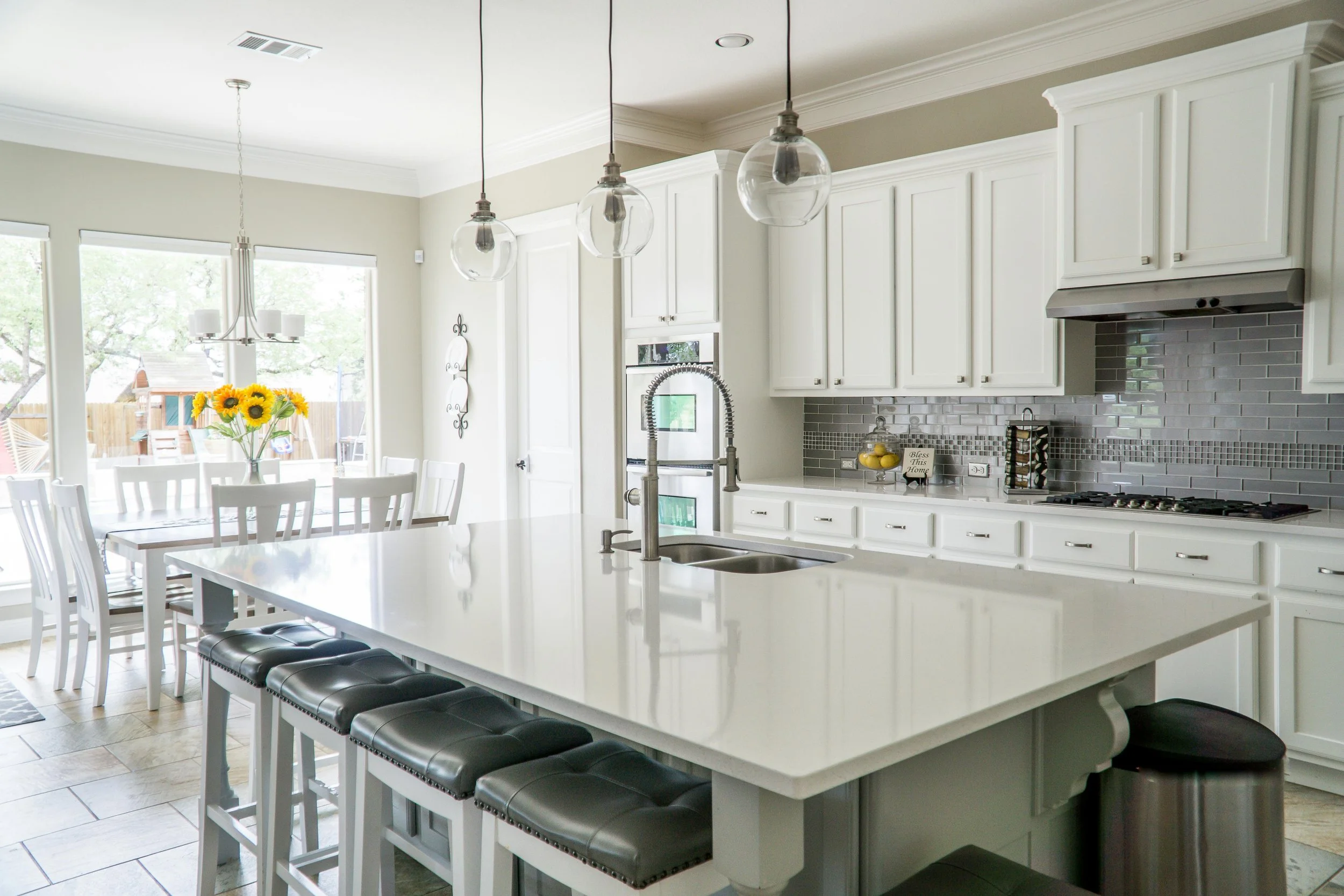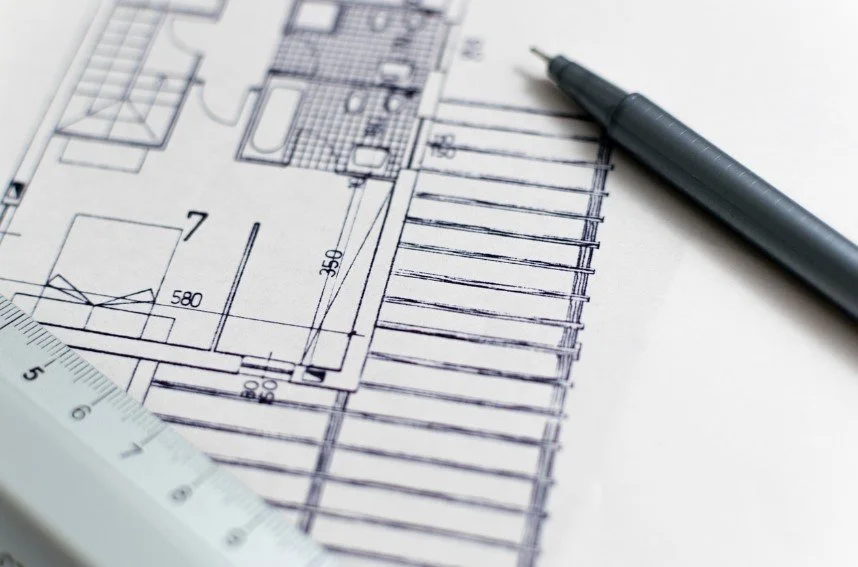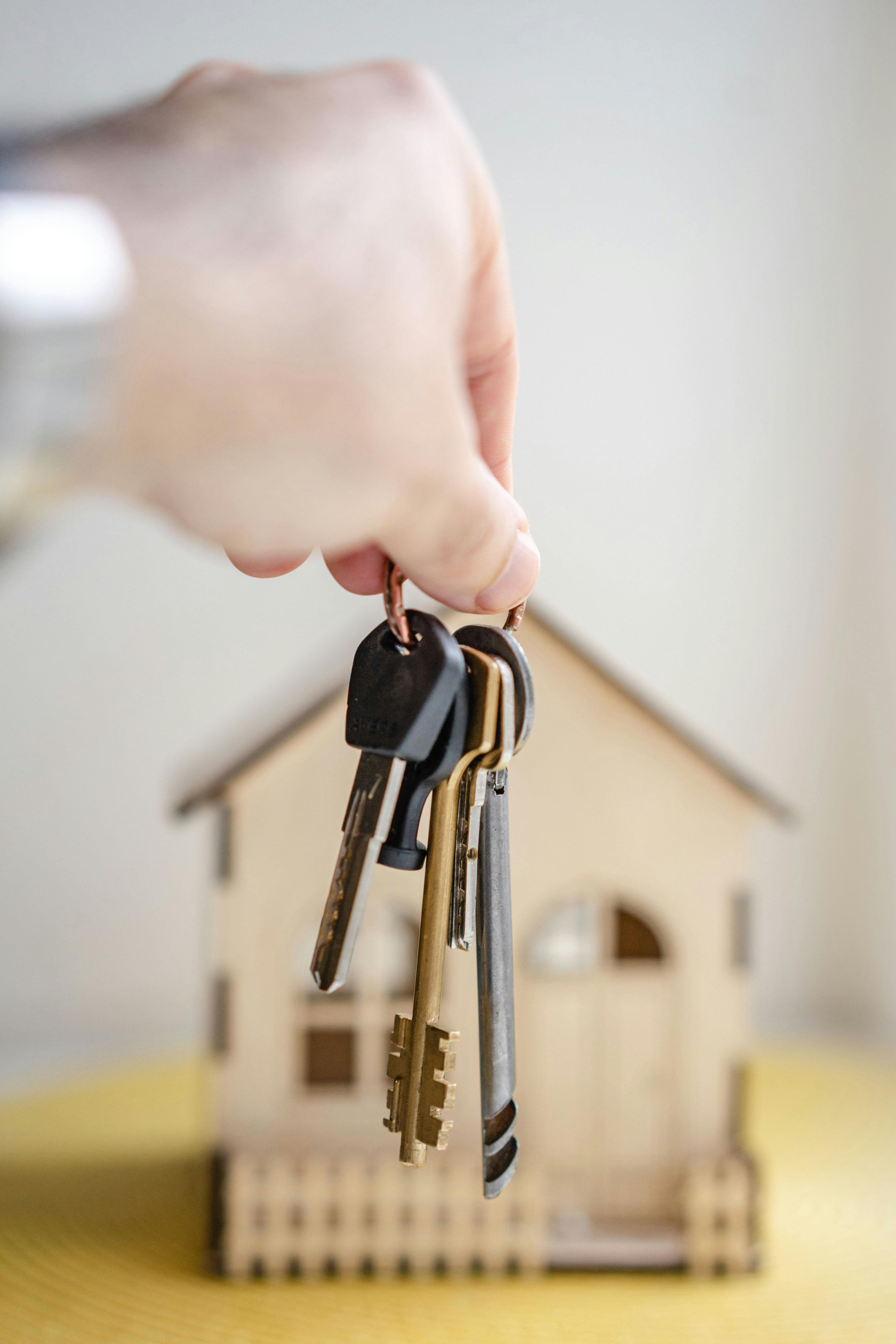Mastering Carpet Care: Essential Habits for Long-lasting Cleanliness
RH Business Marketing Solutions
Carpets are more than mere floor coverings; they are investments in comfort, aesthetics, and the ambiance of a space. However, ensuring their longevity and pristine appearance requires more than sporadic cleaning efforts. It demands a consistent and proactive approach to maintenance. In this comprehensive guide, we will delve into a few essential habits that not only promise to keep your carpets clean but also preserve their allure for years to come. From regular vacuuming to strategic preventive measures, these habits are the cornerstone of effective carpet care.
Regular Vacuuming
Regular vacuuming is the bedrock of carpet maintenance, serving as the first line of defense against dirt, dust, and debris accumulation. The frequency of vacuuming depends on factors such as foot traffic, indoor air quality, and the presence of pets. High-traffic areas may require weekly vacuuming, while less frequented spaces can suffice with bi-weekly sessions. Utilizing a vacuum cleaner with adjustable height settings and powerful suction ensures thorough removal of surface contaminants, preventing them from settling deep into the carpet fibers and causing premature wear.
Prompt Spot Cleaning
Spills and stains are inevitable, but their timely intervention can prevent lasting damage to your carpets. Having a stash of carpet-friendly cleaning solutions and tools readily available enables swift action when accidents occur. Blotting the affected area with a clean cloth or sponge, using gentle, dabbing motions, helps absorb excess liquid and lift the stain without spreading it further. Avoiding abrasive scrubbing minimizes the risk of damaging the carpet fibers or setting the stain permanently. Remember, the sooner you address a spill, the easier it is to remove.
Use Doormats and Shoe Racks
Preventing outdoor dirt and debris from infiltrating your home is key to maintaining clean carpets. Placing doormats at entry points and implementing a no-shoes policy indoors minimizes the amount of dirt tracked onto your carpets. Additionally, installing shoe racks near entryways encourages family members and guests to remove their shoes upon entering, further reducing the risk of soil accumulation. By proactively managing dirt ingress, you can preserve the cleanliness of your carpets and reduce the frequency of cleaning tasks.
Invest in Professional Cleaning
While regular vacuuming and spot cleaning suffice for day-to-day maintenance, professional carpet cleaning is essential to remove deeply embedded dirt, allergens, and stubborn stains. If you live in Australia, for instance, schedule a professional cleaning service with experts in carpet cleaning from Gold Coast at least once a year to ensure a thorough deep clean. Homes with pets, children, or individuals with respiratory conditions may benefit from more frequent cleanings. Professional cleaners utilize specialized equipment and cleaning solutions that penetrate deep into the carpet pile, rejuvenating its appearance and extending its lifespan.
Rotate Furniture Regularly
Heavy furniture can exert considerable pressure on carpet fibers, leading to indentations and uneven wear patterns over time. To mitigate this risk, periodically rotate your furniture to redistribute the weight across different areas of the carpet. This simple yet effective habit helps prevent permanent impressions and ensures that your carpets age gracefully. Additionally, using furniture coasters or pads under the legs of heavy items further minimizes the impact on your carpets, preserving their plushness and appearance.
Trim Pet Hair and Fuzz
Pet owners understand the struggle of dealing with pet hair embedded in carpets, which not only detracts from aesthetics but also poses hygiene concerns. Regular grooming of pets coupled with proactive carpet maintenance is essential for managing pet-related debris. Utilizing a vacuum cleaner equipped with a brush attachment or a specialized pet grooming tool helps remove loose hair and fuzz from the carpet surface. By staying vigilant and addressing pet hair promptly, you can maintain a cleaner, healthier indoor environment for both humans and pets alike.
Incorporating these seven essential habits into your carpet care routine is the key to preserving their longevity and appearance. From the foundational practice of regular vacuuming to the strategic use of preventive measures such as area rugs and carpet protectors, each habit plays a vital role in maintaining clean, healthy carpets. By prioritizing proactive maintenance and investing in professional cleaning when necessary, you can enjoy the luxurious comfort of your carpets without worrying about stains, odors, or premature wear. Start implementing these habits today and take pride in your impeccably maintained floors, knowing that they will continue to enhance your home's ambiance for years to come.





